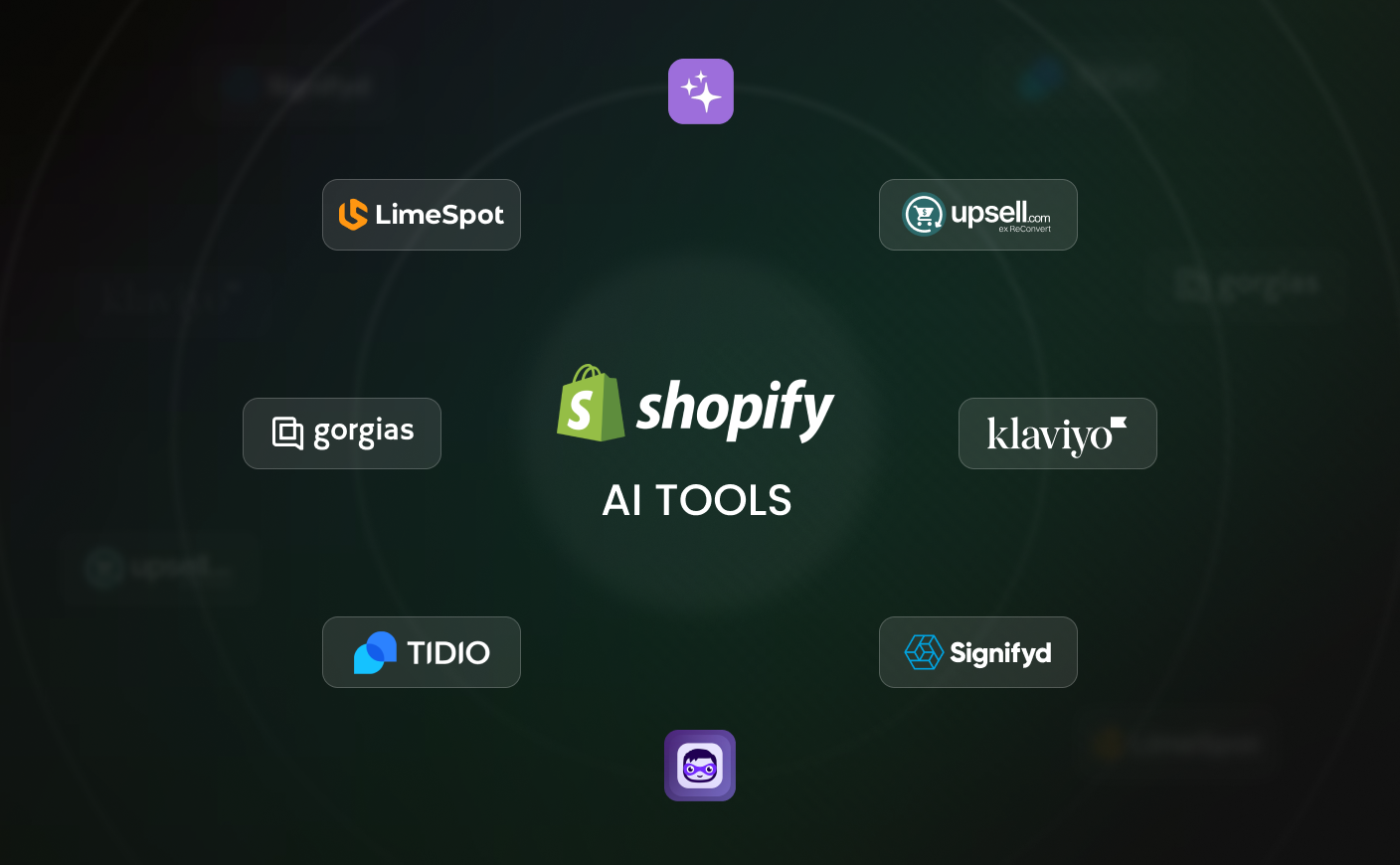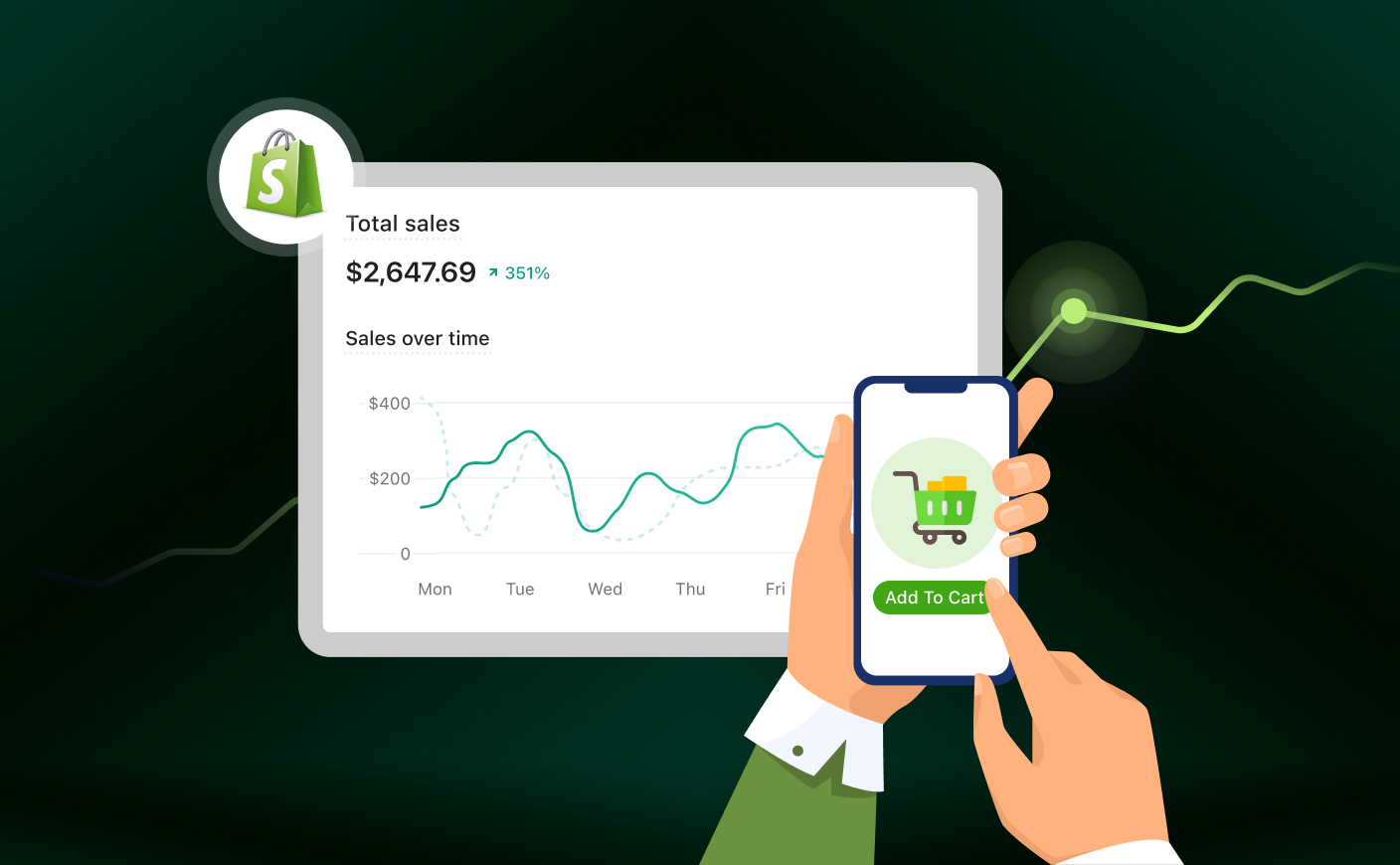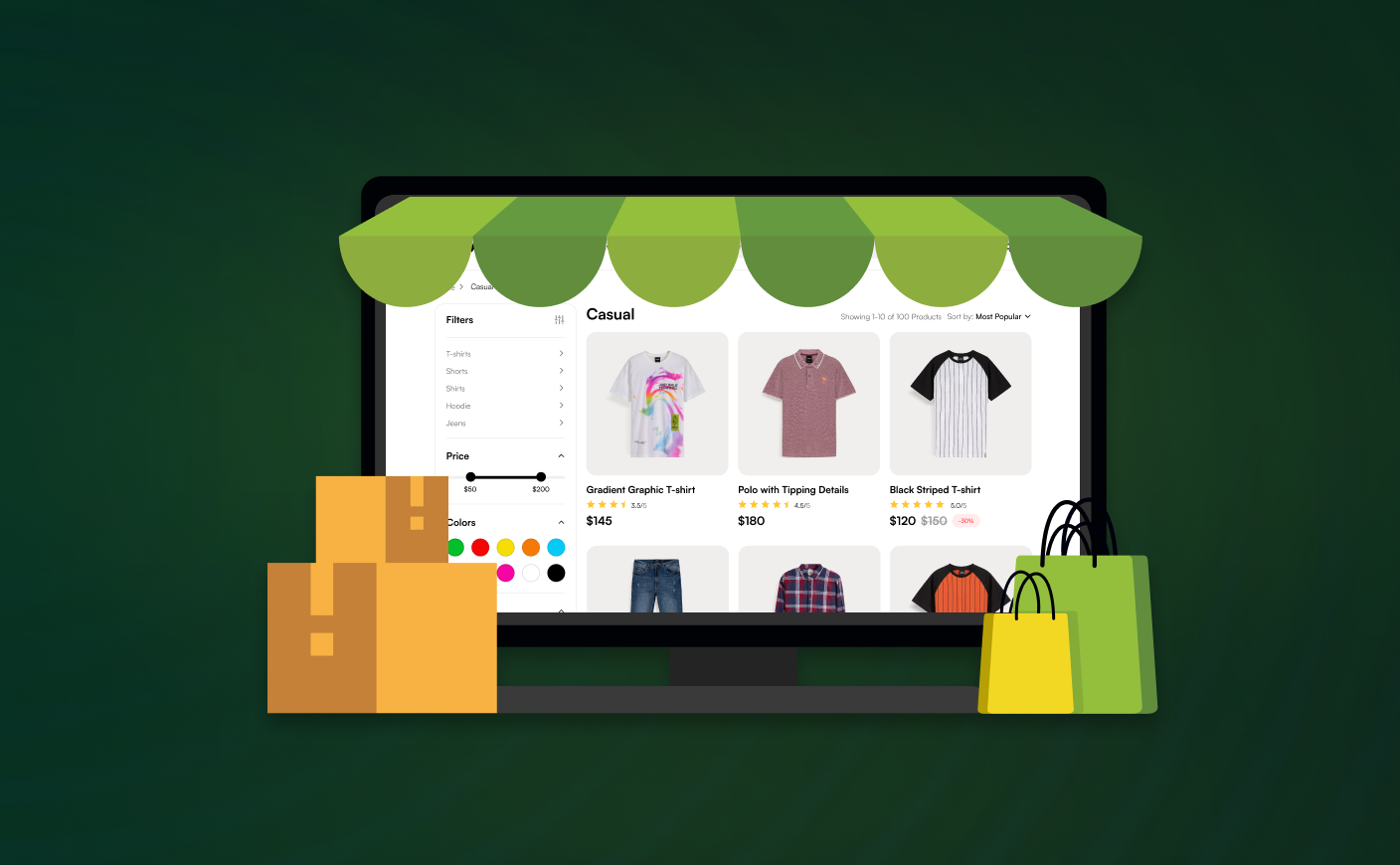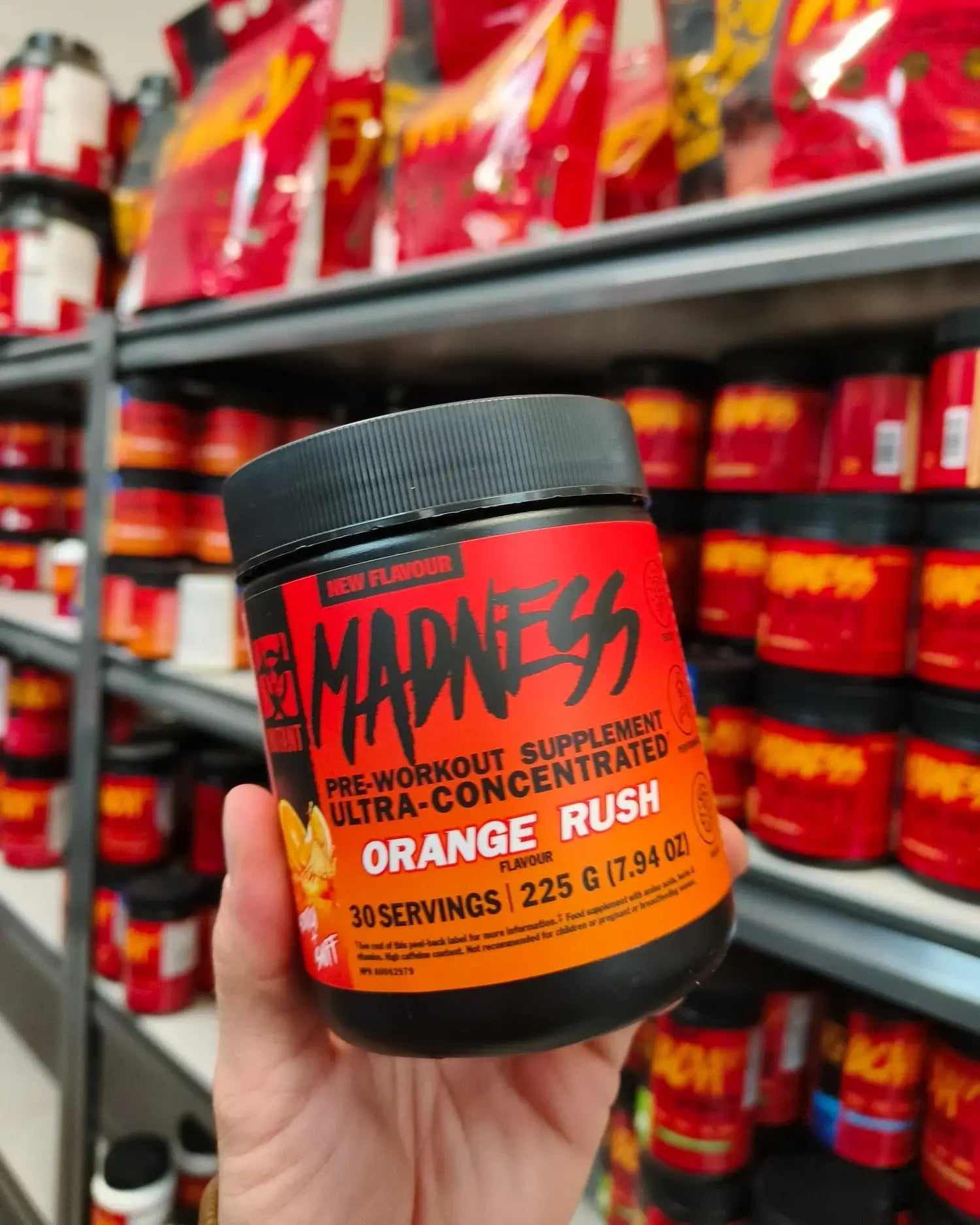What Is a Meta Title? How to Write One That Drives Real Traffic
meta title
SEO
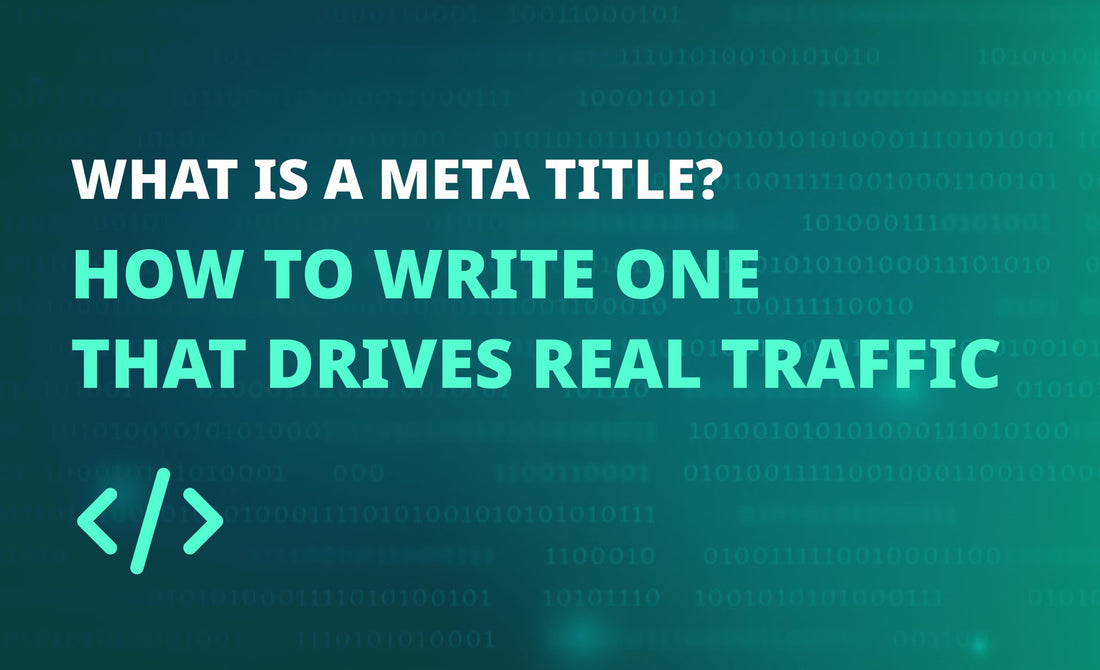
Ever scrolled through Google and clicked on a result just because the title felt just right? That is the subtle but a powerful influence of a well-written meta title.
Meta titles are often the first thing search engines and a user see - and in that one second, a decision is made. Skip or click.
A good meta title helps you increase rankings, drive organic traffic, and even shape user behaviour. Beyond this, they help set expectations, influence click-through rates (CTR), and indirectly affect user signals like dwell time and bounce rate.
And yet it is one of the most overlooked parts of SEO.
This blog breaks down exactly what a meta title is, why it matters so much for SEO, and how to write one that actually gets clicked—not just crawled.
What Exactly Is a Meta Title?

A meta title—also known as a title tag—is the clickable headline that appears in search engine results, browser tabs, and social media previews. It's often the very first interaction a user has with a website, which means it carries more weight than most people realize.
Technically, the meta title lives in the <title> tag within the <head> section of a webpage’s HTML. It tells search engines what the page is about, helping them understand how to index and rank it.
In other words, it’s a direct signal to Google and other search engines about the page’s primary topic.
But that’s only half the story.
For users, it is a digital first impression. A title tag is the first thing that shows up when a user searches for something on Google, shares it on social media, or even saves a page as a bookmark.
If the title is irrelevant or invaluable, the click will never happen.
And here’s something that most people don’t realize - title tags also help to share user perception in addition to influencing search rankings. The right words can spark curiosity, establish trust, or suggest value within seconds. It’s not just SEO; it’s psychology.
Also read: Why you need an Ecommerce SEO agency in 2025
Why Meta Titles Matter for SEO And Traffic?

Let us see how these title tags play a critical role - both in SEO and in driving real, qualified traffic.
Direct SEO Impact
-
Help search engines understand your content: Meta titles tell Google what the page is about, acting as a key signal for indexing and relevance.
-
Improve ranking through smart keyword placement: Including targeted keywords naturally in your title tag improves your chances of showing up for relevant searches.
- Set clear expectations: A well-created meta title matches the content behind it, which helps search engines trust your page.
Indirect SEO Benefits
-
Improves click-through rates (CTR): A compelling, well-written title grabs attention and earns more clicks—even if the page isn’t ranked #1.
-
Enhances user engagement: Strong titles reduce bounce rates and encourage longer dwell time. Both of them act as quality signals to search engines.
- Reduces pogosticking: Titles that clearly align with user intent help users find what they’re looking for. This helps to reduce the quick "back-to-SERP" behavior.
Real Traffic Driver
-
Differentiates your page in crowded SERPs: When dozens of similar results appear, the title is what sets yours apart.
-
Can lead to big CTR gains: Rewriting titles for clarity and intent can lead to CTR improvements of 20–30%—even without touching the page content.
- Taps into user psychology: Emotional triggers, power words, and clarity all help draw users in and make them feel like your page is the right choice.
Anatomy of a High-Performing Meta Title
A high-performing meta title strikes the perfect balance between SEO, clarity, and clickability. It’s short, strategic, and aligned with what the user is really searching for.
Here's what goes into creating one that actually delivers results:
(Image)
#1 Length Constraints: Stay Within the Sweet Spot
When it comes to title tags, length matters—a lot. Search engines like Google don’t just display anything you write. They cut off titles that are too long, which can leave important words hidden and your message unfinished.
The ideal length is around 55–60 characters, or roughly 600 pixels in width. That usually ensures your title shows up in full across most devices.
Think of it like writing a headline on a billboard. It needs to be short, sharp, and immediately clear—because you only have a second to catch someone’s eye.
You can use free SERP preview tools or simulators (like Mangools, Moz, or Portent) to test how your title will look on desktop and mobile. It’s a small step that can make a big difference in how your content performs in search.
Also read: Tips to write blog titles that drive traffic (with examples)
#2 Keyword Strategy: Be Smart, Not Spammy
Keywords play a big role in helping both search engines and users understand what your page is about.
But how you use them matters just as much as what you use.
Lead with your primary keyword: Aim to place it within the first 3–5 words of the title. Not only does this improve SEO, but it also instantly tells users that your page matches their search.
Example: Instead of “10 Tips for Better Sleep | HealthPro,” go with “Better Sleep Tips for 2025 | HealthPro.”
Integrate in secondary keywords or synonyms naturally: This helps your title show up for long-tail or related queries without sounding robotic.For example: If your primary keyword is “email marketing tools,” you might also include a variation like “automation software” or “email platforms” where it fits.
#3 Branding: When (and When Not) to Include Your Name
Adding your brand to a meta title can help build recognition and trust—especially if people are already familiar with your name. But like everything in SEO, it’s all about context and balance.
Place the brand name at the end of the title, separated by a vertical bar or dash—something like: “Best Running Shoes for Women | FitStride”
Only include the brand if space allows - You don’t want to sacrifice clarity, keyword relevance, or a compelling hook just to squeeze in your name. If your title’s nearing the 60-character limit, the brand can take a backseat.
Skip branding on highly competitive, non-branded searches - When users are looking for general information or solutions (not your company specifically), prioritize relevance over recognition.
Tip:
This is where titles can really shine. Intent modifiers are simple words that instantly tell users what kind of value your content offers.
Words like “Best,” “Free,” “Top,” “Checklist,” “Buy,” or “2025” can align your title with specific search intent—whether it’s:
- Informational: “How to Start a Garden | Free Beginner’s Guide”
- Transactional: “Buy Noise Cancelling Headphones – Free Shipping”
- Navigational: “Grammarly Review 2025 | Features & Pricing”
These little additions pack a punch. They make your title feel timely, actionable, and exactly what the searcher was hoping to find.
How to Write Meta Titles That Drive Real Traffic

Let us go through the ways in which we will see how you can write the perfect meta title to get the best results.
(Image)
Step 1: Understand User Intent
Before writing any meta title, it’s crucial to ask: What is the searcher really looking for? Not just the keywords they’re typing, but the intent behind them. This is where many titles miss the mark.
Every search query typically falls into one of three buckets:
Informational – The user wants to learn something. Example, “how to start a blog” or “what is a keto diet”
Commercial – They’re comparing or exploring options. For example: “best CRM software” or “top laptops for students”
Transactional – They're ready to take action.bSearches like: “buy air fryer online” or “get logo design service”
Once the intent is clear, the title can be tailored to match it perfectly.
Step 2: Integrate Emotional Triggers
A good title tag informs as well as intrigues a user. For doing this, one of the most effective ways is to tap into people’s emotions. Because a user doesn't always click because of logic - they do because they feel urgent, and valuable.
You can do so by leveraging the following ways:
Use power words like: “Ultimate,” “Proven,” “Exclusive,” “Easy,” or “Step-by-Step”
These instantly add weight, clarity, or appeal to your title and create a sense of trust or curiosity.
Example: “The Ultimate Guide to Freelance Invoicing” sounds far more clickable than “How to Send Invoices.”
Tap into FOMO (Fear of Missing Out): Phrases like “Don’t Miss,” “Limited Offer,” “Act Fast,” or “Ends Soon” speak directly to urgency. While more common in product or deal-focused pages, they can work in blogs and guides too when used sparingly.
Example: “Top SEO Tools for 2025 (Don’t Miss These Picks)” creates both value and urgency.
Also read: Shopify marketing automation tools for 2025
Step 3: Optimize for CTR
Optimizing CTR is just as important as proper keyword placement. Because the goal is to make your title stand out and feel instantly valuable.
Here are two proven ways to do that:
Use numbers to create clarity and structure: Titles with numbers are easy to scan and promise a clear format. They also feel more actionable.
Example: “7 Proven Strategies for Better Email Open Rates” or “SEO Checklist for 2025” This works especially well for listicles, guides, or step-by-step tutorials.
Add brackets or parentheses for bonus content: Elements like [Free Template], (Updated for 2025), or [Checklist] break up the visual flow of the SERP and draw attention.
In fact, according to HubSpot, titles that include brackets can boost CTR by up to 38%. Example: “How to Create a Marketing Plan [Free Template]” isn’t just informative—it’s instantly useful.
Step 4: Test and Iterate
Writing a meta title isn’t a one-and-done job. What looks good on paper may not always perform in the real world. That’s why testing and iterating is essential for consistently getting high-performing titles.
Run A/B tests using tools like Google Optimize, RankMath (for WordPress), or even certain SEO platforms that allow headline experiments. Compare variations of your meta titles to see which ones actually drive more clicks.
Example: “Best CRM Tools for Small Business” vs. “Top 7 CRM Tools for Small Teams in 2025” — test both and let the data decide.
Monitor your CTR using Google Search Console: Check which pages have impressions but low clicks. That’s a signal your meta title might not be compelling enough—even if the content is solid.
Go in, tweak the wording, and watch what happens. Sometimes changing just one word—adding a date, a number, or a bracket—can move the needle.
Advanced SEO Tricks Very Few People Know About
Most people stop at keywords and length—but the real magic of meta titles lies in subtle, advanced tweaks that you can use to dominate the SERPs.
#1 Leverage Schema Markup
Meta titles do a lot of heavy lifting, but when paired with schema markup, your search listing becomes a whole lot more clickable.
Think about it—when a page shows up with star ratings, FAQs, or extra product info, it instantly grabs more attention. It looks more credible, more useful… and more worth clicking.
It’s not changing the title itself, but it amplifies its impact—like putting a spotlight on your content.
#2 Spot Weaknesses in Competitor Titles
Here’s a trick that’s ridiculously effective: check what your competitors are doing—and do it better.
Use tools like Ahrefs or SEMrush to look at top-ranking pages for your target keywords. You’ll usually spot titles that are either:
- Too broad
- Lacking specificity
- Or just plain dull
That’s your opportunity.
Example: If they’re ranking with “CRM Software Guide”, you can easily outdo that with something sharper like: “2025 CRM Comparison: Best Tools, Pricing & Features”
#3 Personalize Titles As Per Location or Behaviour
If you're working with an e-commerce store or a large site, don’t miss out on dynamic meta titles.
Using tools or scripts, you can tailor your titles to include things like:
- The user’s city
- Their browsing history
- Or even the time of year
So instead of a generic title like “Best Deals on Running Shoes”, try: “Top Running Shoe Deals in Los Angeles – Spring 2025”
When a title feels more personal, it feels more relevant. That’s when the click happens.
#4 Don’t Underestimate Question-Based Titles
Here’s a subtle but powerful move: ask a question right in your title.
Google loves question-style queries because they signal informational value. They also often get pulled into featured snippets—aka position zero.
Try titles like: “What’s the Best CRM for Small Businesses?” or “How Much Does SEO Cost in 2025?”
This small shift can get your content seen before the actual search results even begin. It’s low effort with high upside.
Conclusion
Meta titles might seem like small pieces of the SEO puzzle, but they often decide whether your content gets seen—or gets ignored. In a world where attention spans are short and SERPs are crowded, the right title does more than attract clicks. It builds trust, signals relevance, and sets the tone for the entire user experience.
The best-performing titles are rarely accidents. They’re intentional, tested, and built with both algorithms and human behavior in mind. When written strategically, they become the front line of your organic growth—turning impressions into traffic, and traffic into real results.
So next time you sit down to optimize a page, don’t treat the meta title as an afterthought. Treat it like the headline of your brand’s best story—because that’s exactly what it is.
CrawlApps
At CrawlApps, we don’t just build Shopify stores—we create experiences that sell. We’re a bunch of problem-solvers who love turning ideas into stores that actually converts. Whether it’s fixing what’s broken or building something from scratch, we make sure every detail works in your favor. No fluff, no jargon—just real solutions that help your business grow. If you’re serious about Shopify, you’ll feel right at home with us.
